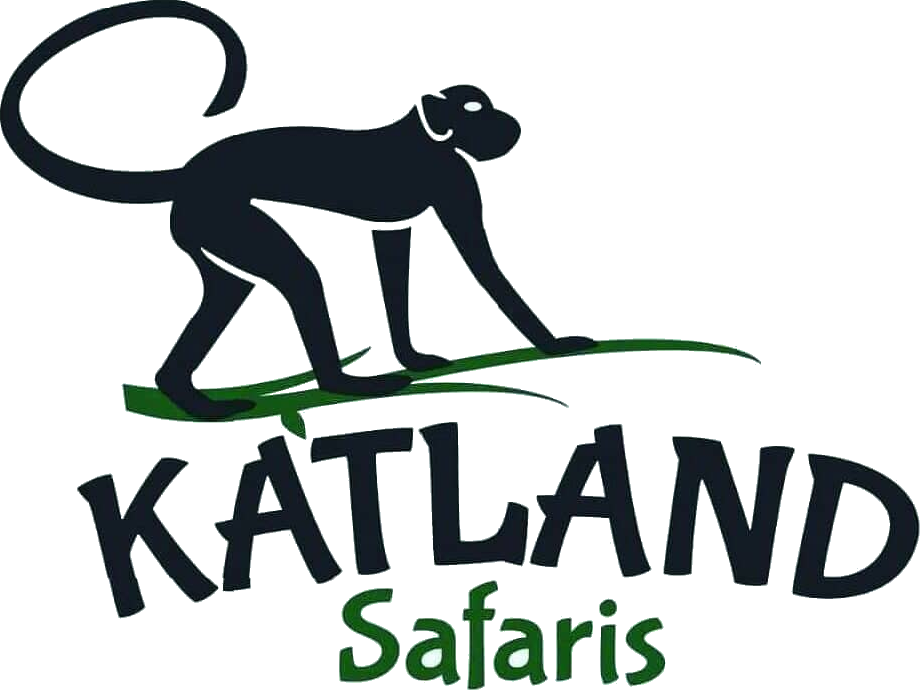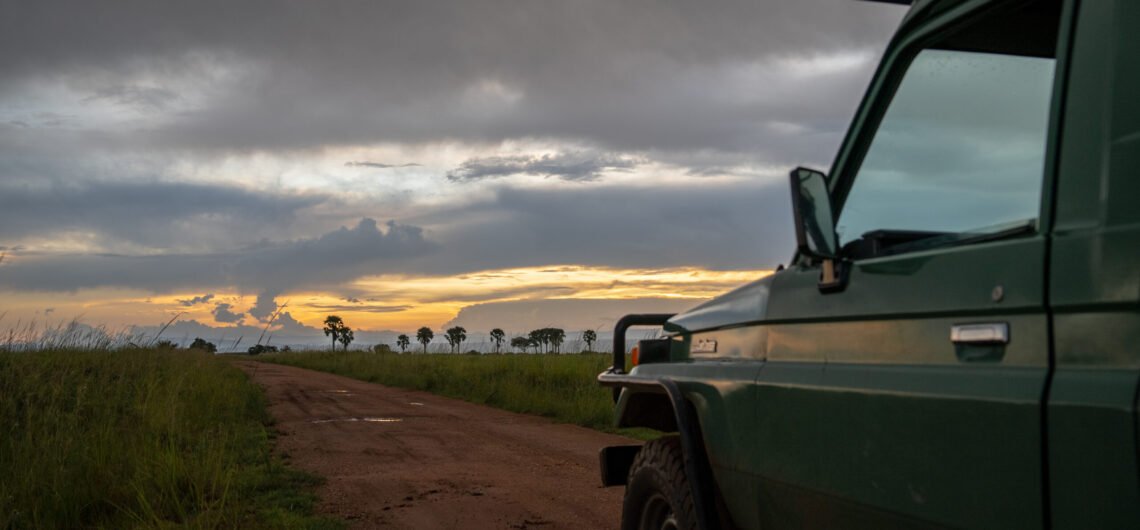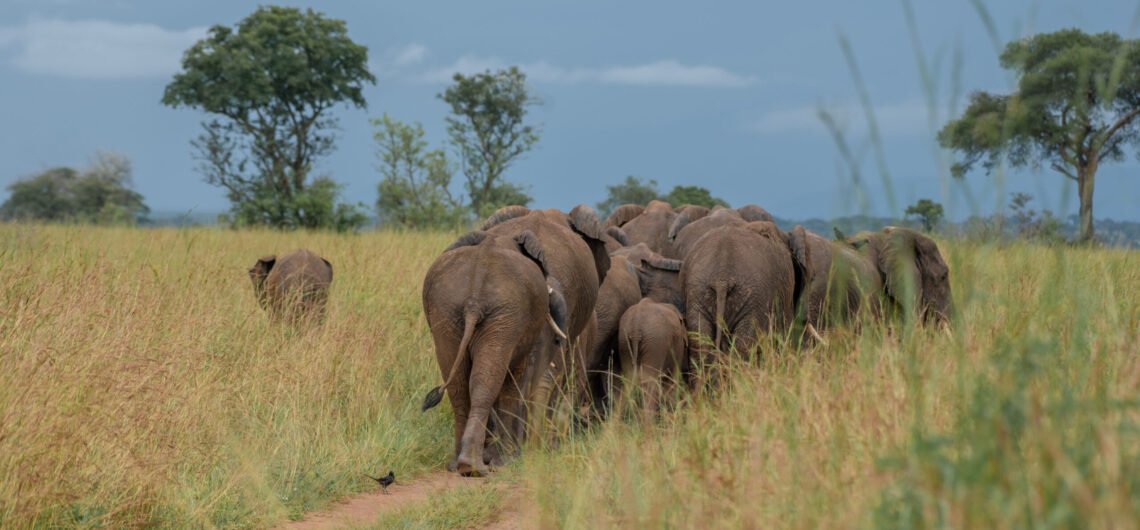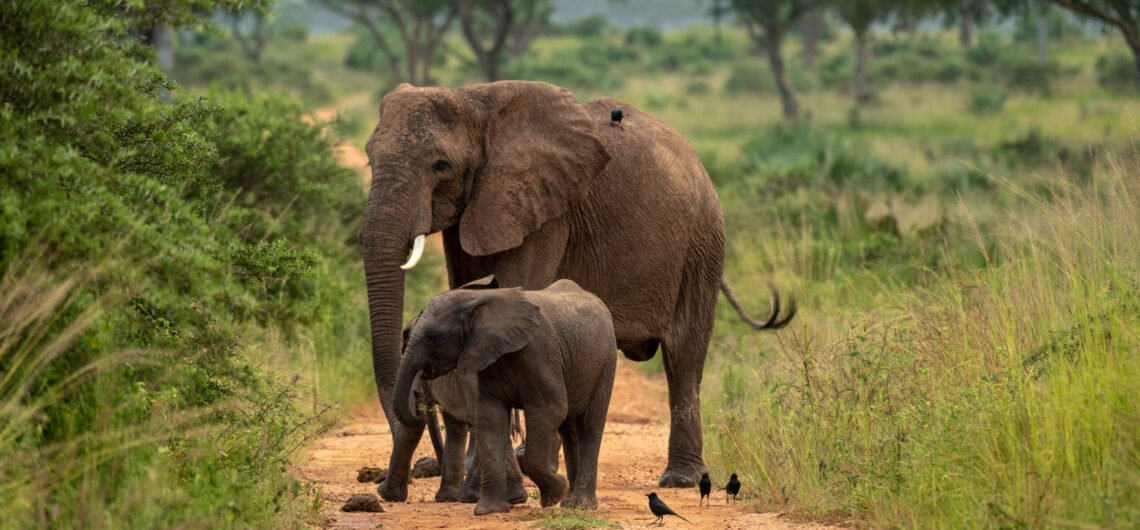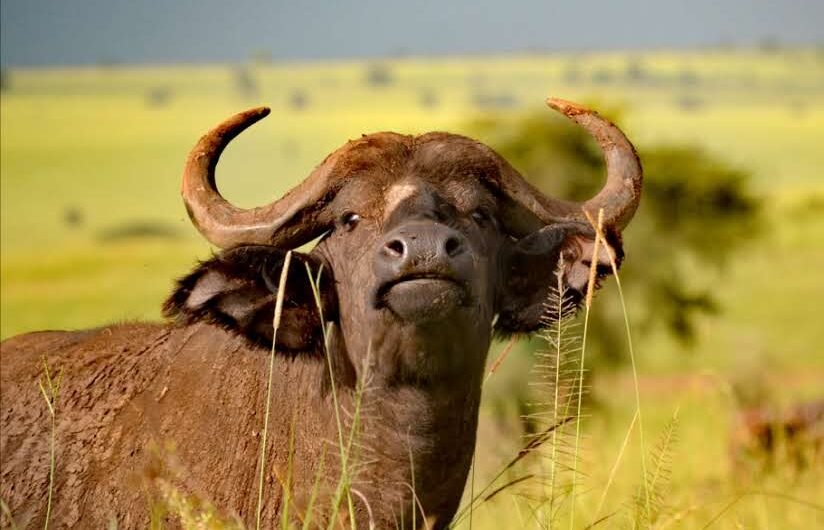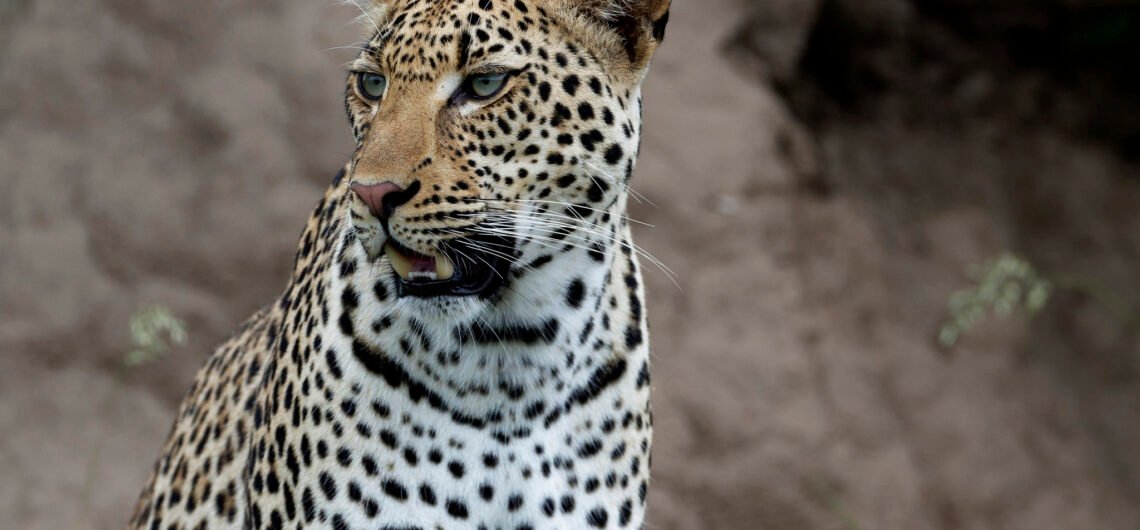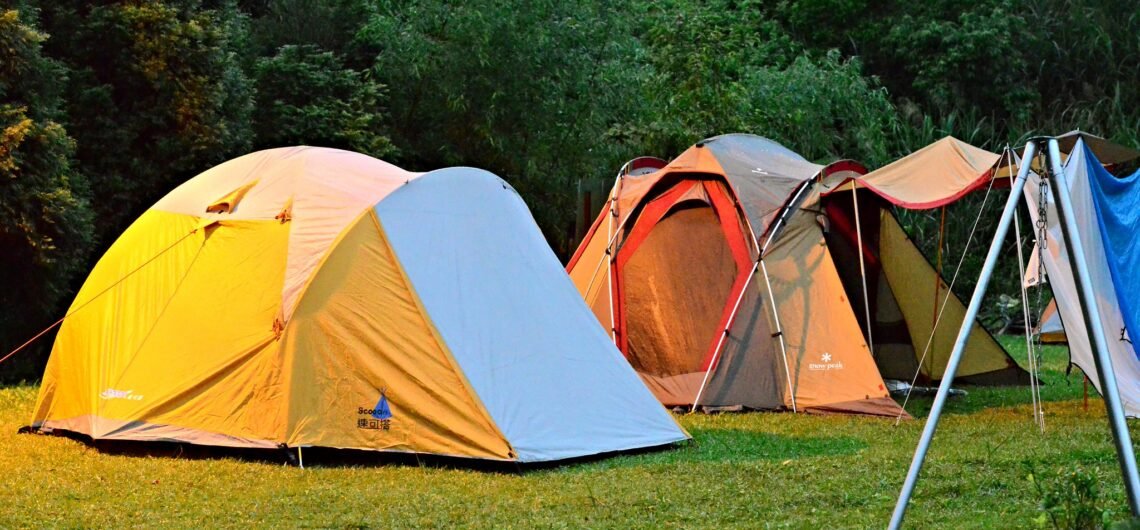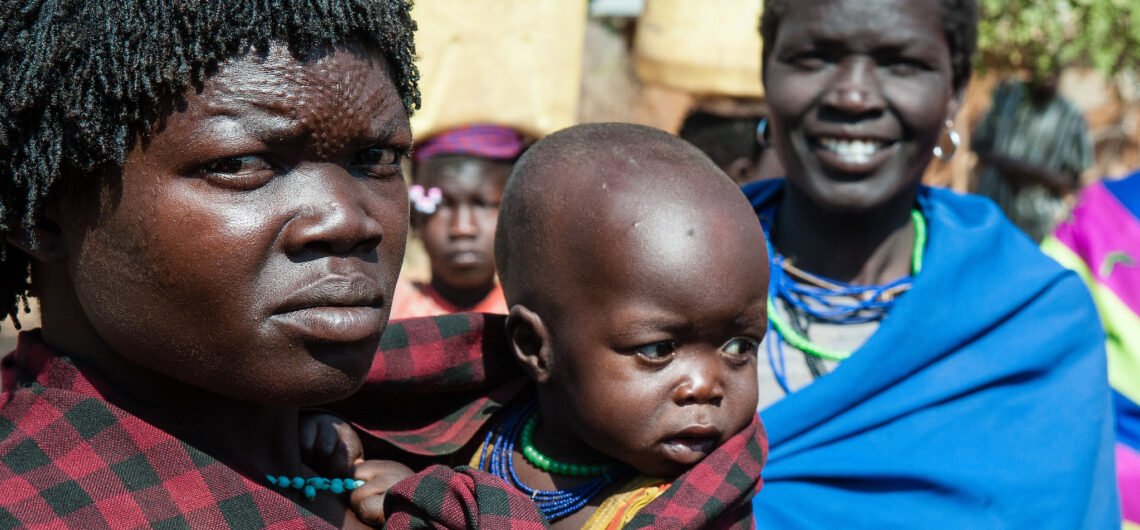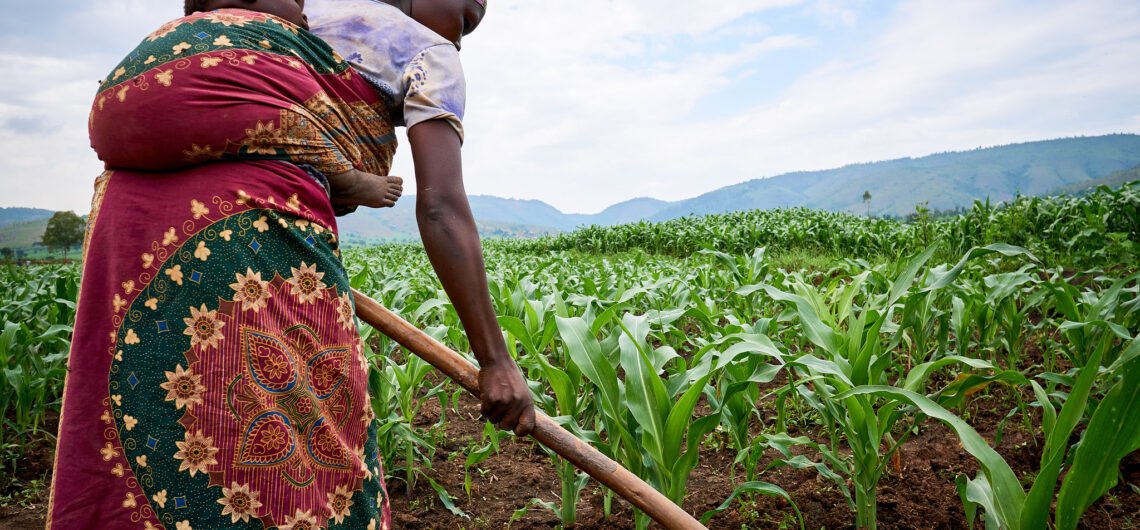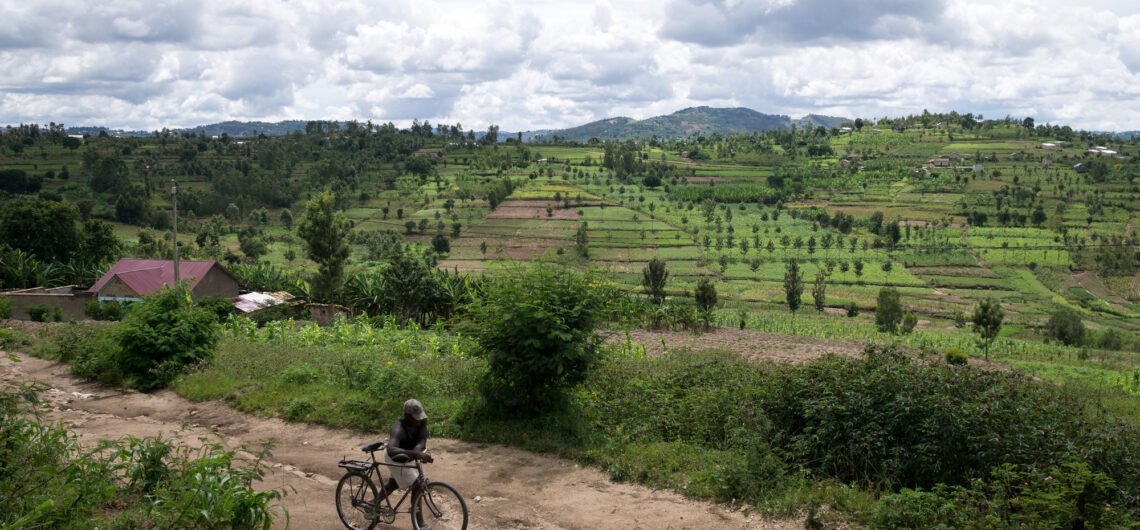Murchison Falls National Park Entrance Fees
Murchison Falls National Park is a destination that captures the heart of every nature lover. Home to roaring waterfalls, vast savannahs, the mighty River Nile, and a wealth of wildlife, it offers one of the best safari experiences in East Africa. But before you pack your bags and head into the wild, it’s important to understand the Murchison Falls National Park entrance fees and other related charges.
Understanding the Murchison Falls National Park entrance fees in advance helps you plan your safari budget accurately. It also ensures you avoid surprises at the gate, especially since different fees apply depending on your nationality, age, and the activities you plan to do.
Why Entrance Fees Matter
Entrance fees at Murchison Falls aren’t just about accessing the park; they directly contribute to the conservation of wildlife and habitats, and they support local communities living around the park. The Uganda Wildlife Authority (UWA), which manages all national parks in Uganda, uses these funds for park maintenance, ranger support, anti-poaching operations, and community projects.
Entrance Fees by Category
Murchison Falls National Park entrance fees are categorized based on visitor status: foreign non-residents, foreign residents, and East African citizens (nationals of Uganda, Kenya, Rwanda, Tanzania, Burundi, and South Sudan). This fee gives you access to the park for 24 hours from the time of entry. It excludes other activities like boat cruises, which are charged separately.
Foreign Non-Residents (FNR)
- Adults: USD $45 per person, per day
- Children (5–15 years): USD $25 per child, per day
- Students: USD $30 per person (with a valid ID from a recognized international institution)
Foreign Residents (FR)
- Adults: USD $35 per person, per day
- Children (5–15 years): USD $15 per child, per day
- Students: USD $25 per person (with proof of residence and school ID)
East African Citizens
- Adults: UGX 20,000 per person, per day
- Children (5–15 years): UGX 5,000 per child, per day
- Students: UGX 10,000 per person (with a valid East African student ID)
Vehicle Entry Fees
Bringing your own vehicle or hiring one for a self-drive safari? You’ll need to pay a separate fee for the vehicle, based on its type and size. These fees are valid for 24 hours and are payable at the park gate. Vehicles must be roadworthy and follow park rules to minimize environmental impact.
- Saloon Car: UGX 20,000
- 4×4 Safari Vehicle: UGX 30,000–40,000
- Tour Company Vehicles: UGX 50,000
- Buses and Lorries: UGX 100,000
- Motorcycles: UGX 10,000
Park Entry Points and Payment Tips
Main Entry Gates
- Kichumbanyobo Gate from Masindi.
- Tangi and Wankwar Gates for travelers from the northern region or Gulu
Make sure you arrive during operating hours, typically between 7:00 AM and 7:00 PM. Entry is not allowed at night for safety reasons.
How to Pay
- Payments are made at the gate, mostly via credit/debit card or mobile money. Some gates may accept cash in UGX or USD, but it’s best to confirm in advance.
- Keep your receipt and permit throughout your stay. Rangers may request to check them during your activities.
Tips to Get the Most from Your Entrance Fee
- Plan multiple activities on the same day to maximize value.
- If staying overnight, be aware that fees are charged per 24-hour period from the time of entry.
- Travel in groups to share vehicle and ranger guide costs.
- Book activities like boat cruises or guided hikes in advance, especially during peak seasons (June–September, December–February).
In conclusion, the Murchison Falls National Park entrance fees are a small price to pay for access to one of Africa’s most spectacular protected areas. From thundering waterfalls and iconic wildlife to serene boat rides on the Nile, this park delivers an unforgettable safari experience.
